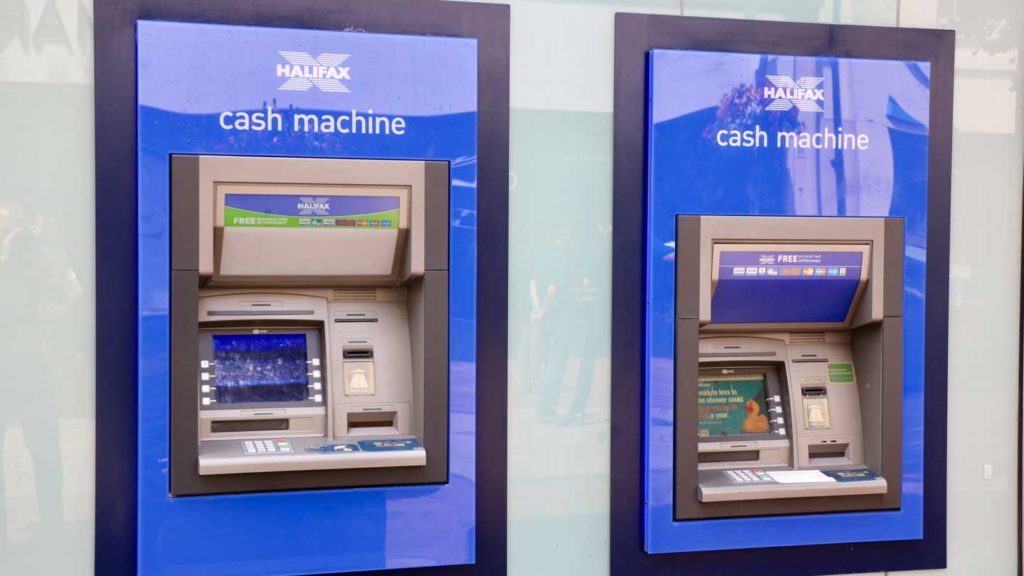Almost everyone has used an ATM at some time in their lives. This transaction is fast and easy from the cardholder’s viewpoint. Insert your card, input your pin, choose the amount you need, and money will appear on the screen.
Have you ever considered how this machine withdraws funds from your bank account? Thanks to the ATM processor, this is possible.
The Basics of ATMs
Automatic teller machines (ATMs) used to be limited to your bank. Nowadays, ATMs may be found everywhere. This is partly owing to the ATM owner’s financial success. Still, it is also a win-win situation for the merchant-consumer connection.
An ATM allows customers to withdraw cash directly from their own bank account whenever they need it. There will be no more visits to an out-of-the-way bank. If the merchant at the ATM location is a retail shop, the cash flow for purchases is provided to the customer.
Finally, owing to the small convenience fees that accumulate on each transaction, the machine’s owner enjoys a source of passive revenue.
What Is the Role of an ATM Processor?
Let’s have a look at how an ATM operates to get a better understanding of everything.
Banks rely on ATM processors for a variety of services. The bank saves enormous amounts of labor, time, and money by delivering cash to the cardholder without the need for a human teller. There is a direct connection between the cardholder and the money in their account if the financial institution owns the ATM.
If the ATM is owned by a third party, the ATM processor connects the client to the cash. You may also modify the title of the ATM Processor to ATM Transaction Processor.
How Does It Work?
The ATM processor companies must first get access to the customer’s bank account, which is the initial step behind the scenes. This information is sent to the ATM processor when the client inserts the card and inputs their personal identification number (PIN). The processor then sends a transaction request to the card issuer.
The ATM processor verifies that the funds are ready for withdrawal. An electronic funds transfer (EFT) is created between the customer’s bank and the processor’s account. The ATM processor sends an approval code to the machine after the money has been formally transferred. This gives the required permission for the desired cash amount to be dispensed.
The client is satisfied, but the ATM processor is still busy. The ATM processor will transfer money from the customer’s bank account to the ATM owner’s account before the end of the following business day. This compensates the machine’s owner for the cash that was distributed.
How Does the ATM Processor Make Money?
ATM processors that work independently earn money by charging a modest transaction charge. This little charge is acceptable to many banks and organizations. The bank saves money by not paying a teller for the transaction because of the ease and automation.
Merchants should search for processors who do not impose late fees if they operate an ATM. Free ATM processing ensures that no fees are charged. It also means that the machines are more dependable, the network is more secure, and better customer service.

